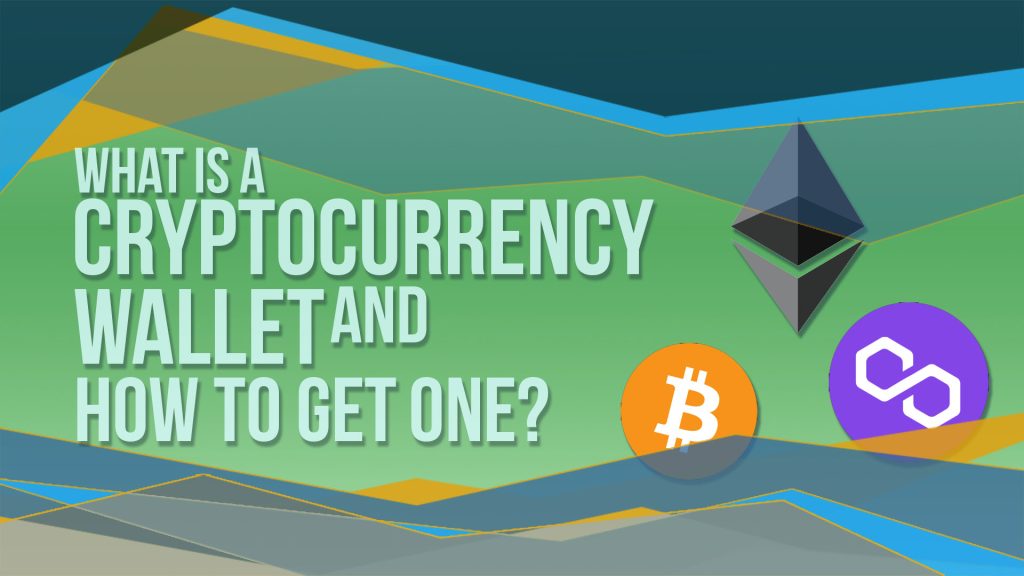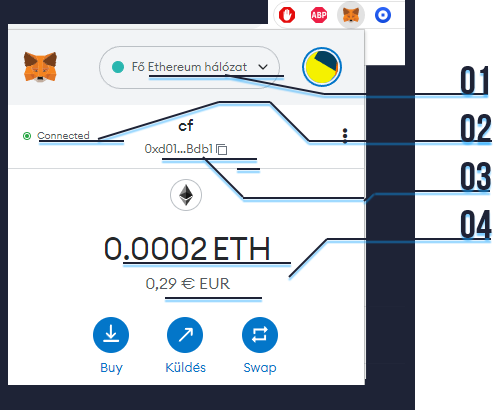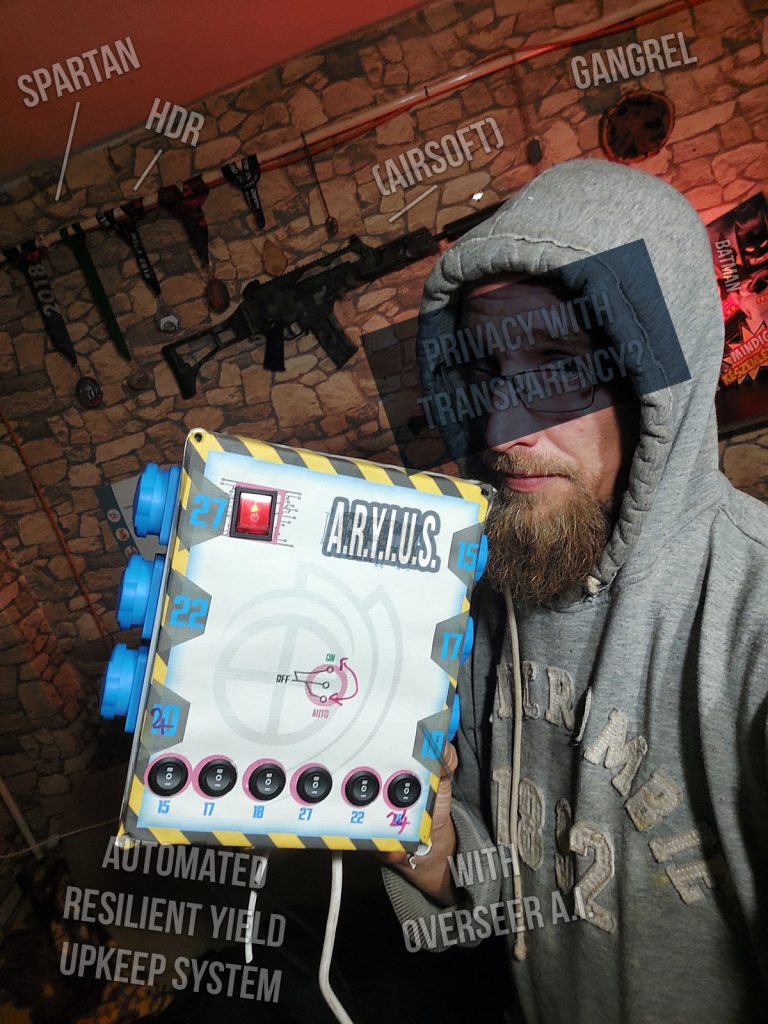Mi az a kriptotárca, és hogyan lehet nekem is?

A kriptotárca (crypto wallet) a kriptó tulajdonjogaidnak a bizonyítéka.
Technikailag a tárca egy titkosítási kulcs-pár: Egy titkos (amit soha senkinek nem adsz meg) és egy nyilvános „kulcs”-ból áll.
Publikus kriptotárca kulcs
Az alábbi fura számsor egy nyilvános kriptotárca kulcs az Ethereum hálózatán.
0xe2375f68292293b9d4d58187D018017EcD1acA46
Minden tárca egyedi, egyéni és kizárólagos tulajdonosa az a személy, aki tudja a jelszót, viszont minden egyes tranzakció transzparens, ami a blokkláncon történik. Még ha nem is tudod kié a tárca, meg lehet nézni minden hálózaton minden egyes tranzakciót, amit valaha elindított valaki. Minden hálózat minden tranzakcióját bárki ellenőrizheti, például Ethereum hálózaton az Etherscan, oldalon. Ha rákattintasz a fentebbi nyilvános kulcsra, láthatod az összes tranzakciót ami történt vele, és hogy mit tartalmaz a tárca.
The wallet is recognized by the blockchain (→ millions of computers connected to each other to agree on everything, and no human can change their minds), and they agree on how many tokens (→ cryptocurrency) that wallet contains.

Cryptocurrency wallet types
In 3 sentences, there are 3 types of cryptocurrency wallets.
- Centralized cryptocurrency wallets are backed by a company, like a trading company or a financial company. They offer customer service and even crypto-based credit cards, but like a bank, if the company goes bankrupt you might lose your assets stored in their wallets. Even tho the wallet uses the same blockchain, like Ethereum or Bitcoin. Companies like these are Coinbase and Binance, I use them both like „regular” banks, it’s all free till a point.
- Decentralized cryptocurrency wallets are based on smart a contract between only you and the computers, so no man can change it. This offers more privacy and independency from 3rd party companies. Also comes with more personal responsibilities, like there are already a lot of Bitcoin „lost forever” since they are stored on wallets whose passwords are lost forever. I use Metamask too, it has a mobile app and PC browser extension. If you should register, register through PC, and follow the onscreen instructions so you don’t have to type your secret phase.
- Physical wallets like Ledger are sometimes USB-connectable small devices like a thumb drive which is physical proof of your ownership of that wallet. They offer the most reliable security (not that anyone can possibly break your wallet if you are smart)
If you register for their service by following these links, we might get some bonus if we start using their services. Do that.
All wallet types are connected to their respective blockchain, and many of them can connect to more than one (like there is a possibility that your wallet can store Bitcoin but not Ethereum, and vice versa).
How a crypto wallet accessed by a browser plugin looks like?
In this example, you see a browser plugin-based Metamask wallet (installed between the adblockers and the Coinbase wallet).
 | 1 – The network you use 2 – Connection status 3 – The public address that you can share 4 – The account’s balance (shown even in Euro in this case) |
What blockchain network will I use?
All main big Cryptocurrencies have their own blockchain with their own tokens. Bitcoin is a token, and Ethereum is a token. Upon selecting your wallet’s type you should consider your goals and direction, and choose your wallet type in consideration of the networks it can connect to.
Some big blockchains like Ethereum have some „layer 2” chains, like Polygon or Optimism, with their own tokens, and their own technological visions. Whichever networks you use, you cast your vote on that technology.
Do you want to know more?
If you are still reading please buy me a coffee at the → Fund my research page. Much obliged.

